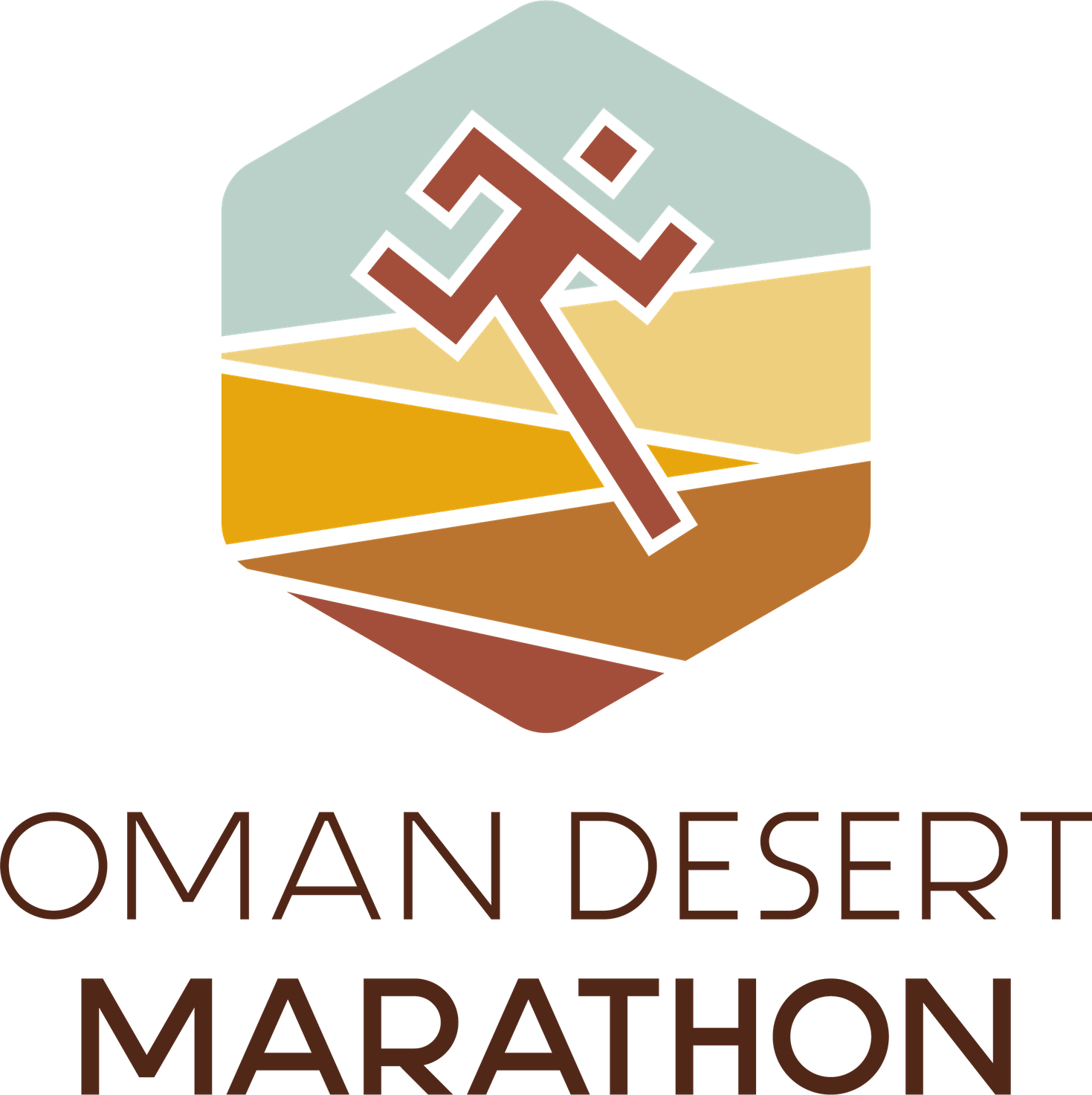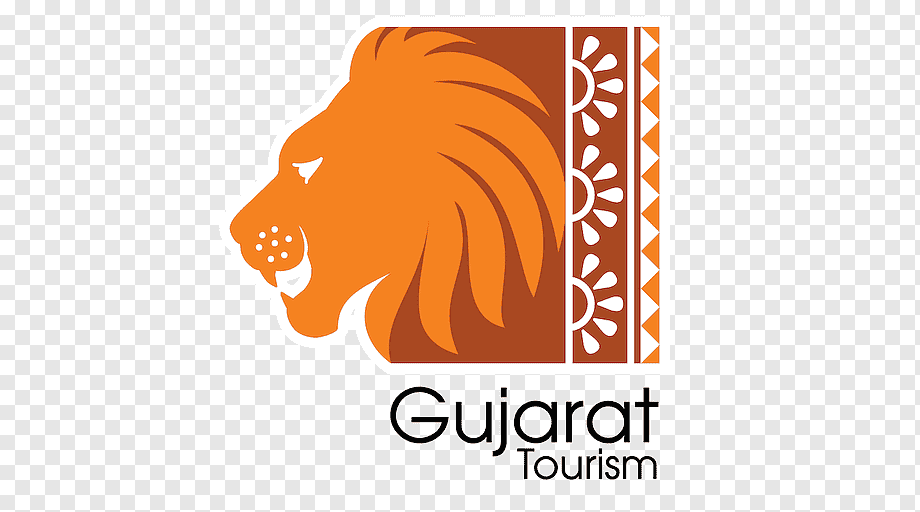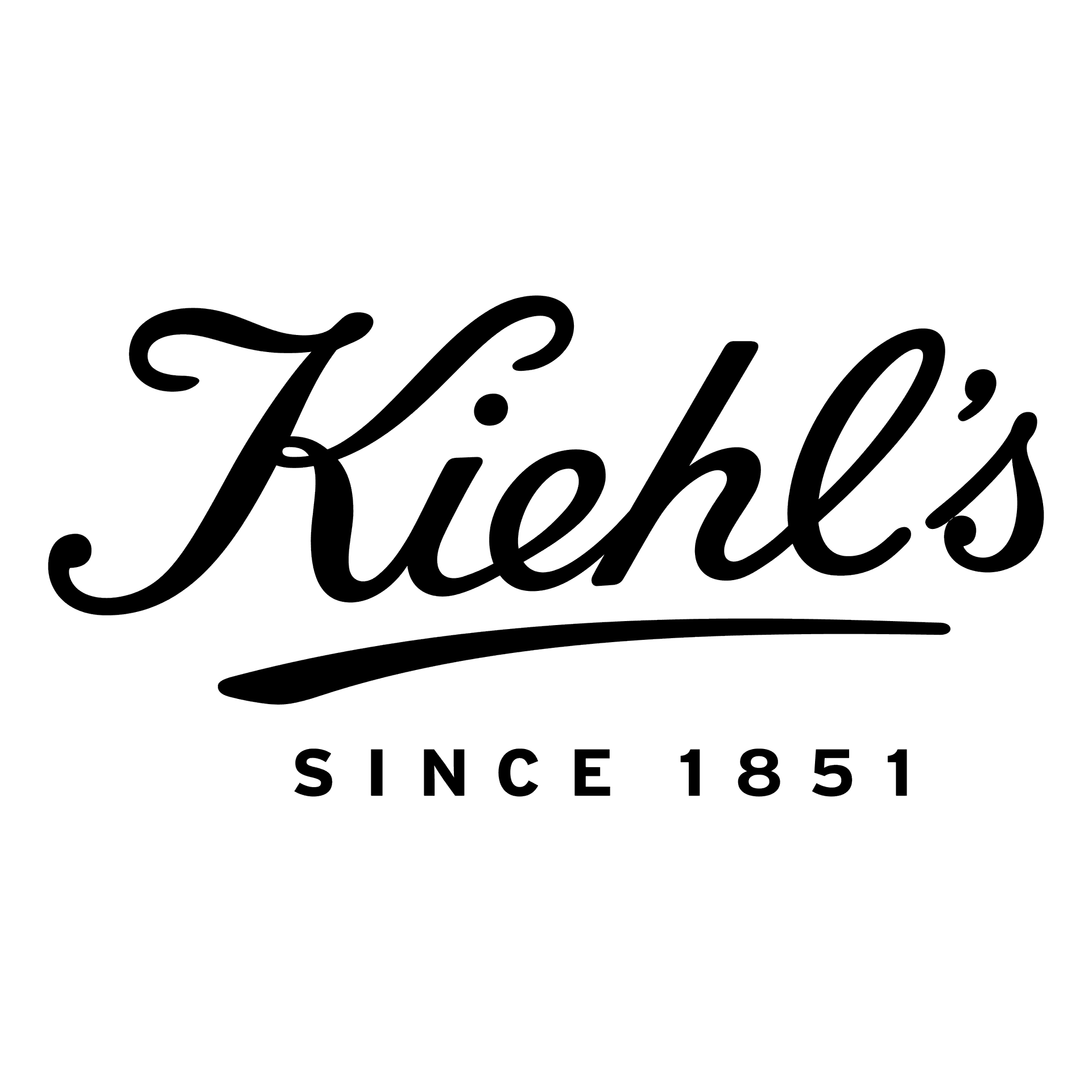The Modern Work-Life Crisis
The line between "work" and "life" has never been blurrier. Consider these 2024 statistics:
- 78% of professionals report chronic work-related stress (WHO)
- 62% of remote workers struggle to "switch off" (Buffer State of Remote Work)
- Employees check emails 72 times per day on average (Asana)
But here's the good news: Achieving balance isn't about working less—it's about working smarter. This guide combines:
🔬 Neuroscience research on focus and recovery
💼 2024 workplace trends (hybrid work, AI tools)
🧘 Practical strategies you can implement today
The New Rules of Work-Life Balance
Myth vs. Reality in 2025
| Old Belief | New Reality |
|---|---|
| "Balance means 9-5 work hours" | Energy management > Time management |
| "Long hours = productivity" | Deep work beats shallow busyness |
| "Always be available" | Asynchronous communication is rising |
The 4 Pillars of Sustainable Balance
- Physical (Sleep, nutrition, movement)
- Mental (Focus, learning, creativity)
- Emotional (Relationships, joy)
- Spiritual (Purpose, values alignment)
7 Science-Backed Strategies
1. The 90-Minute Focus Blocks (Neuroscience Hack)
- Human brains work optimally in 90-minute ultradian cycles
- Try this: Work 90 mins → 20-min break (walk, meditate) → Repeat
Example Schedule:
🕘 9:00-10:30 - Deep work (No meetings/emails)
🕥 10:30-10:50 - Walk outside
🕚 11:00-12:30 - Creative tasks
2. The "Virtual Commute" (For Remote Workers)
- Problem: No physical transition between work/home
- Solution: Create rituals:
- Morning: 10-min "fake commute" (podcast walk)
- Evening: Shutdown ritual (Journal 3 work wins)
3. The Eisenhower Matrix 2.0
| Urgent | Not Urgent | |
|---|---|---|
| Important | Do now | Schedule |
| Not Important | Delegate | New 2024 Column: Automate (AI tools) |
Tool Suggestion: Use ChatGPT for drafting emails/reports to free up mental space
4. The "Micro-Vacation" Approach
Instead of waiting for annual leave:
- Wednesday Adventure Days: Half-day midweek breaks
- Digital Sabbaths: 24 hours offline monthly
5. Boundary Scripts (That Actually Work)
- For late emails: "I'll address this first thing tomorrow"
- For weekend requests: "Let's discuss priority Monday AM"
- For burnout talk: "I'm protecting my focus time this week"
6. The Productivity Paradox
Counterintuitive finding: The most productive people:
- Take more breaks (Pomodoro technique)
- Have hobbies unrelated to work
- Practice single-tasking
7. The "Energy Audit"
Track for 1 week:
- What activities drain vs. recharge you
- Which times of day you're naturally focused
2024-Specific Challenges & Solutions
Hybrid Work Dilemmas
| Problem | Fix |
|---|---|
| "Always on" camera fatigue | Audio-only meetings 2 days/week |
| Home distractions | Co-working spaces 1-2 days weekly |
AI Overload Management
- Designate "AI-free" time blocks
- Consolidate tools (e.g., Notion + ChatGPT vs. 10 separate apps)
Quiet Quitting vs. Healthy Boundaries
- Good: Protecting personal time
- Bad: Disengaging completely
- Better: Proactively communicating needs
Your 21-Day Balance Challenge
Week 1: Awareness
- Map your current time/energy use
- Identify 1 boundary to set
Week 2: Experiment
- Test 2 new strategies (e.g., 90-min focus blocks)
- Schedule 1 micro-vacation
Week 3: Optimize
- Refine what works
- Create a "balance dashboard" (track sleep, focus, joy)
Conclusion: Balance is a Practice, Not a Destination
The modern professional's goal isn't perfect equilibrium—it's resilient flexibility. By implementing even 1-2 of these strategies, you can:
✅ Reduce burnout symptoms
✅ Increase meaningful productivity
✅ Rediscover joy in both work and life
Next Step: Choose one strategy to implement tomorrow. Need personalized guidance?





